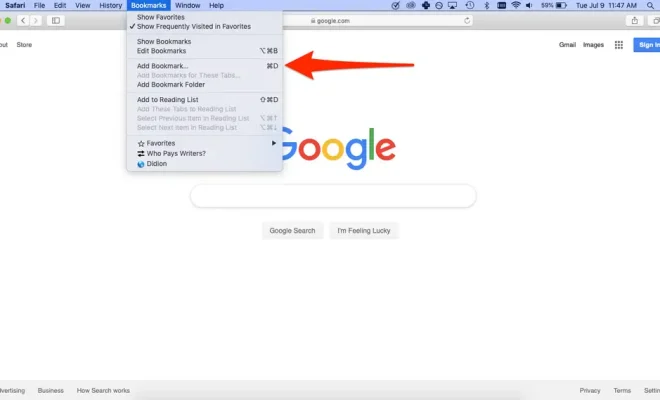Spam vs. Phishing: How Are These Unwanted Messages Different?

Spam and phishing are two different types of unwanted messages that people receive in their email inboxes. While both of these messages are considered unwanted, they differ in their intent and purpose. Understanding these differences can help people protect themselves and their information from potential harm.
Spam is unsolicited email that is sent in bulk. The sender of spam emails is usually trying to advertise something to a large group of people. Spam emails are often sent from unknown email addresses and often contain links to websites that are promoting products or services. In some cases, spam emails may also contain malicious links that can harm a person’s computer or steal their personal information.
Phishing, on the other hand, is a type of email scam that is targeted towards specific individuals. Phishing emails are designed to trick people into giving away their personal information, such as bank account numbers, credit card details, or login credentials for online accounts. Phishing emails often look like they are from legitimate sources, such as banks, online retailers, or social media websites.
One of the key differences between spam and phishing is their intent. Spam is usually sent with the intention of advertising a product or service, while phishing emails are sent with the intention of stealing personal information. Spam emails are often harmless and simply annoying, while phishing emails can have serious consequences for the recipient.
Another key difference is the way in which these messages are distributed. Spam emails are usually sent in bulk to a large number of people, while phishing emails are targeted towards specific individuals. This makes phishing emails more difficult to detect, as they are often disguised as legitimate messages from trusted sources.
Finally, there is the issue of how to protect oneself from both spam and phishing emails. There are a number of tools available to help people block spam messages, such as email filters and spam blockers. However, protecting oneself from phishing emails is a bit more complicated. Education is key when it comes to avoiding phishing scams. People need to be aware of the common tricks used by scammers, such as creating fake websites that mimic legitimate sources and using urgent language to create a sense of urgency.
In conclusion, while spam and phishing emails are both unwanted messages, they differ in their intent, distribution, and potential for harm. It is important for people to understand these differences in order to protect themselves from potential scams and to ensure that their personal information remains secure.





